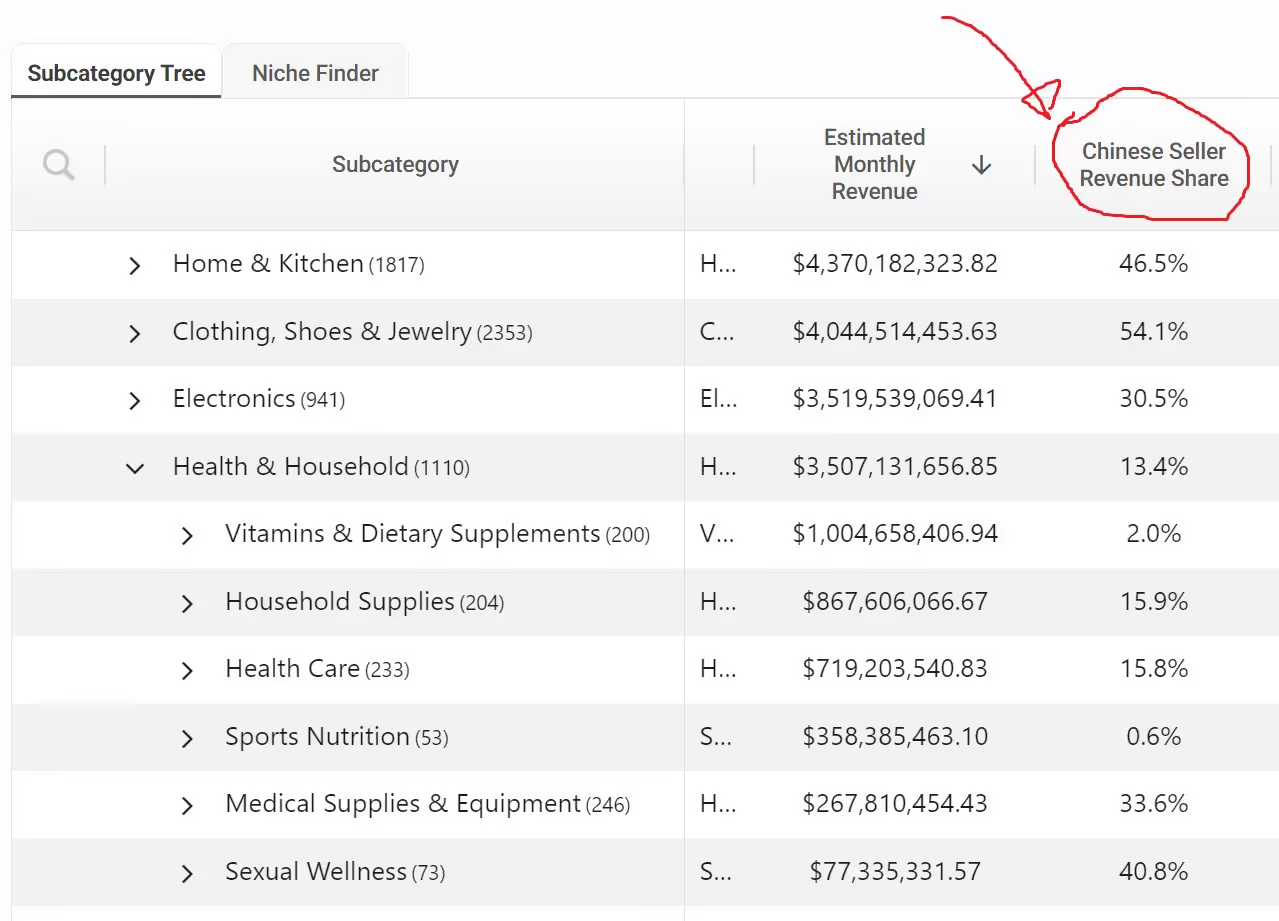Competing against Chinese sellers on Amazon is tough.
They have tight margins, direct factory access, and an aggressive pricing strategy that often turns the marketplace into a race to the bottom.
So how do you compete?
Simple: Don’t sell in categories where they dominate.
Instead of trying to fight on price, smart sellers are choosing categories where Chinese sellers have less market share—and it’s paying off.
Let’s break it down.
Why Competing Against Chinese Sellers is So Difficult
Chinese sellers have a significant competitive advantage on Amazon:
✔️ They manufacture their own products, cutting out middlemen.
✔️ They operate on lower margins, meaning they can price aggressively.
✔️ They scale quickly, launching dozens (or even hundreds) of ASINs at once.
✔️ They have supply chain efficiencies that many Western sellers can’t match.
For many sellers, trying to undercut Chinese brands on price is a losing battle. Instead, a smarter strategy is to sell in categories where Chinese competition is low.
Categories With the Lowest Presence of Chinese Sellers
After analyzing millions of ASINs, SmartScout now tracks revenue percentages of Chinese sellers by category.

If you want to avoid competing in highly saturated categories, here’s where Chinese sellers have the lowest market share:
📌 Health & Household – 13.4% Chinese sellers
📌 Grocery – 1.1% Chinese sellers
📌 Beauty – 21.4% Chinese sellers
📌 Books – 0.0% Chinese sellers
These categories offer massive opportunities for sellers who want to:
✅ Avoid price wars
✅ Focus on branding and differentiation
✅ Compete on value rather than cost
Why These Categories Are Less Saturated with Chinese Sellers
Many Chinese sellers focus on low-cost, high-volume products — which makes categories like electronics, home goods, and accessories highly competitive.
But categories like Health, Grocery, and Beauty have barriers that make it harder for Chinese sellers to dominate, including:
✔️ Regulatory and compliance hurdles (FDA approvals, certifications, and ingredient restrictions)
✔️ Brand loyalty and trust factors (Consumers are more selective about personal care and food products)
✔️ Higher customer acquisition costs (Advertising in these categories requires a long-term strategy)
Books, on the other hand, have virtually no Chinese sellers, making it a completely different type of marketplace.
How to Use This Data to Your Advantage
If you’re looking for a winning strategy on Amazon, consider:
✅ Targeting categories with fewer Chinese sellers to avoid price wars
✅ Building a strong brand presence in niches where customers value quality over cost
✅ Focusing on long-term customer retention in repeat-purchase categories like Health & Beauty
With SmartScout’s insights, sellers can now make data-driven decisions about where to launch new products and scale their business.
Final Thoughts: Play Smarter, Not Harder
✔️ Trying to compete directly with Chinese sellers is tough.
✔️ Instead, focus on categories where they have low market share.
✔️ Health, Grocery, and Beauty offer strong opportunities for non-Chinese sellers.
✔️ Avoid the race to the bottom—compete on branding, trust, and value.










